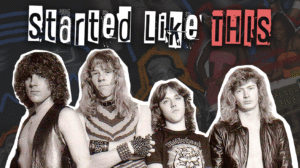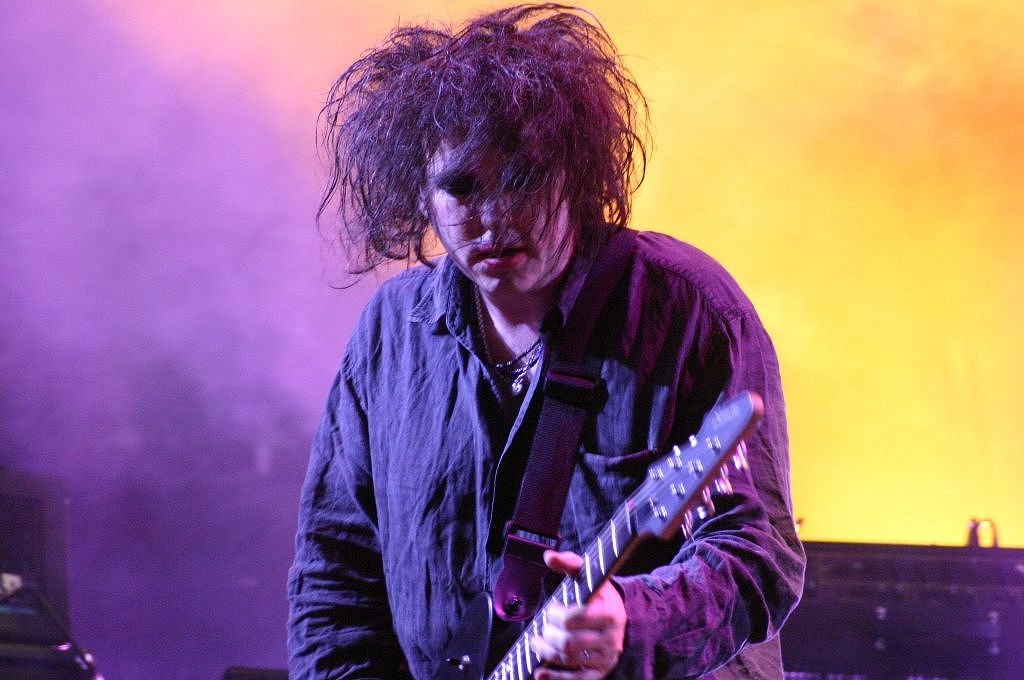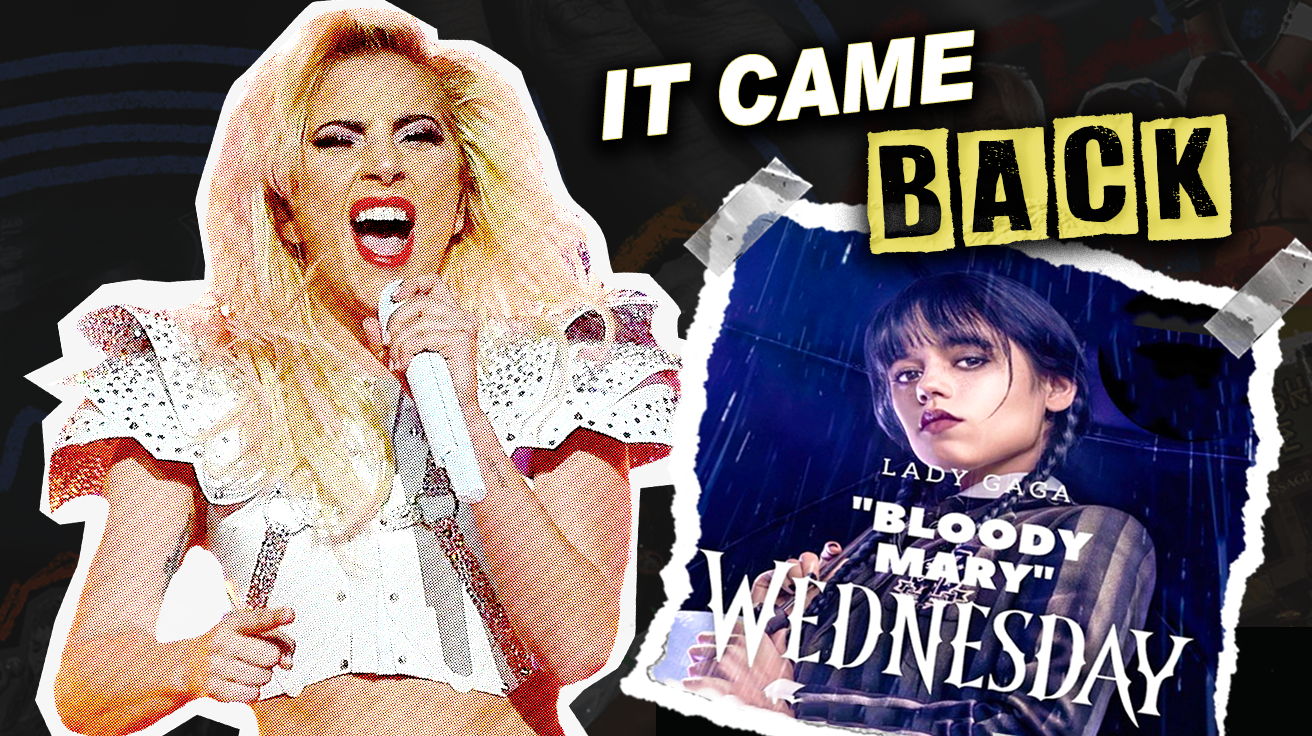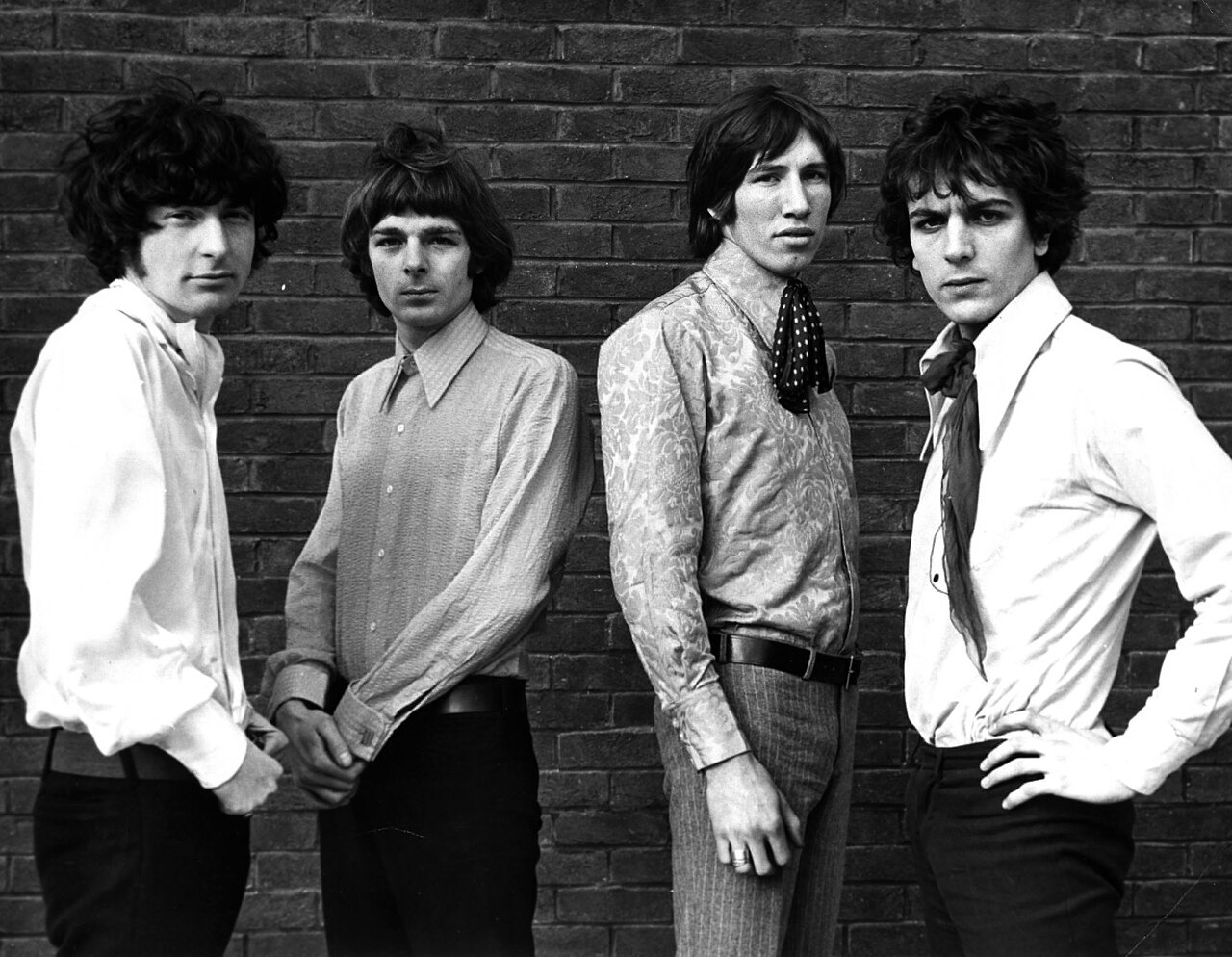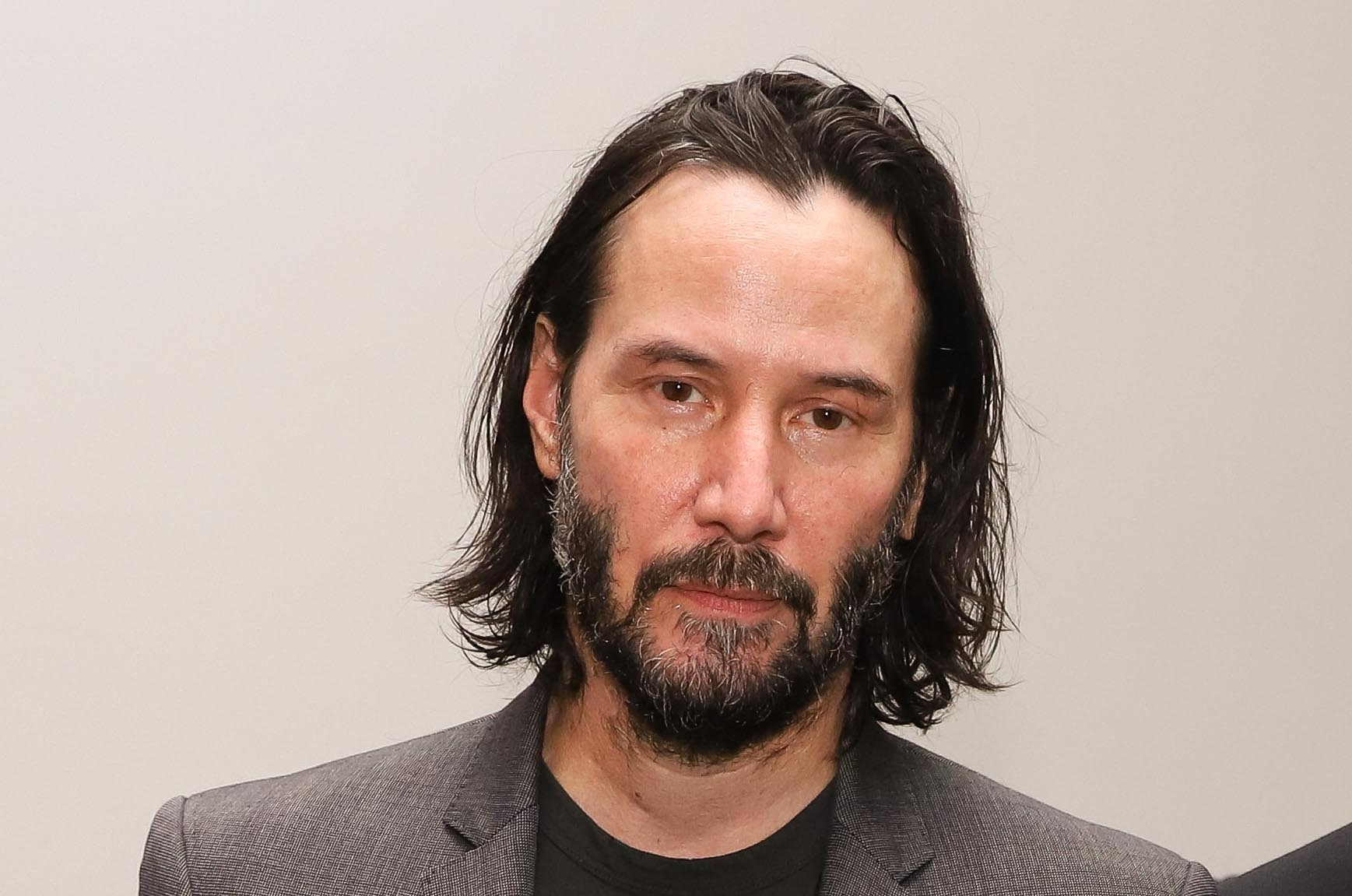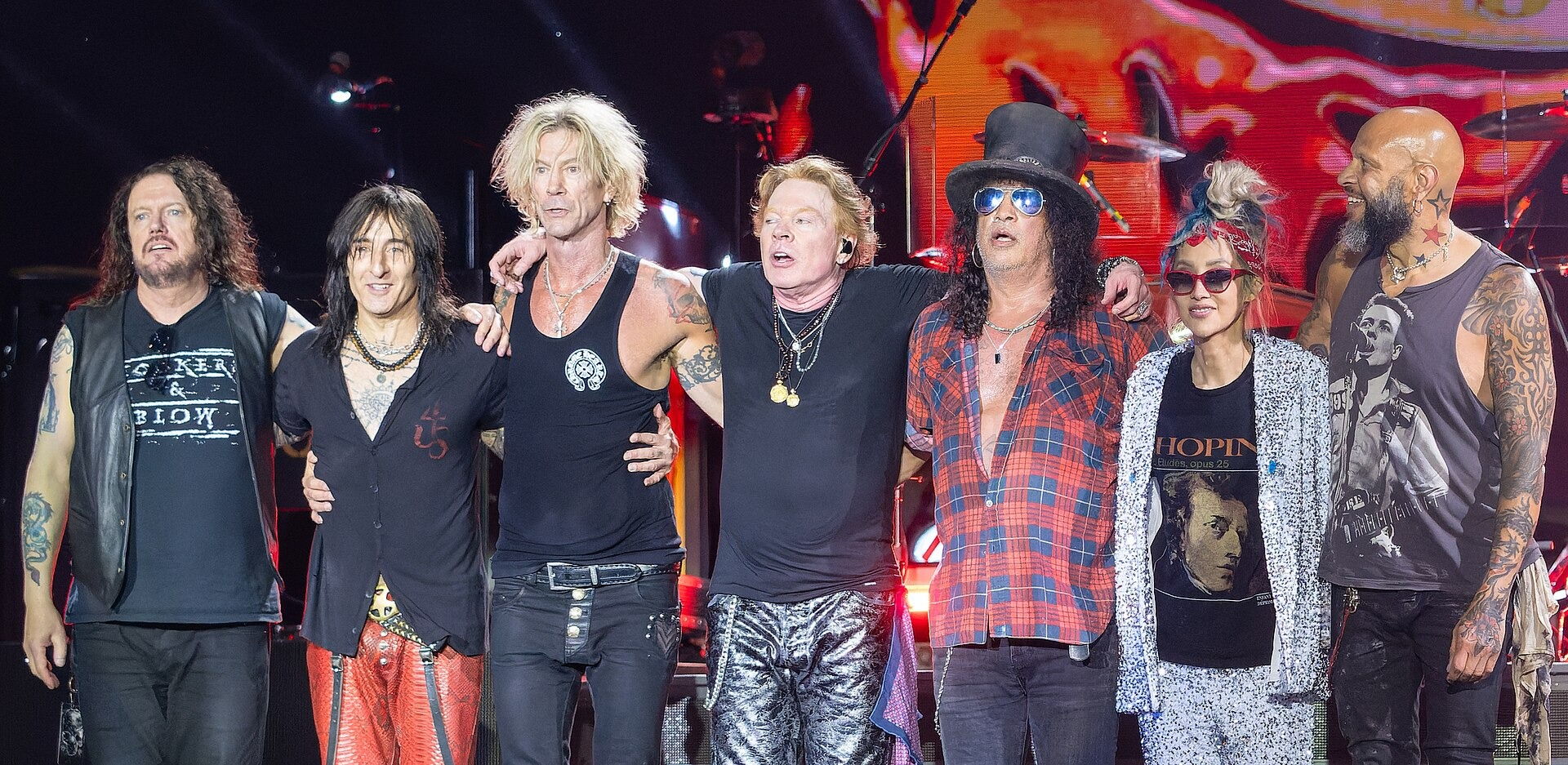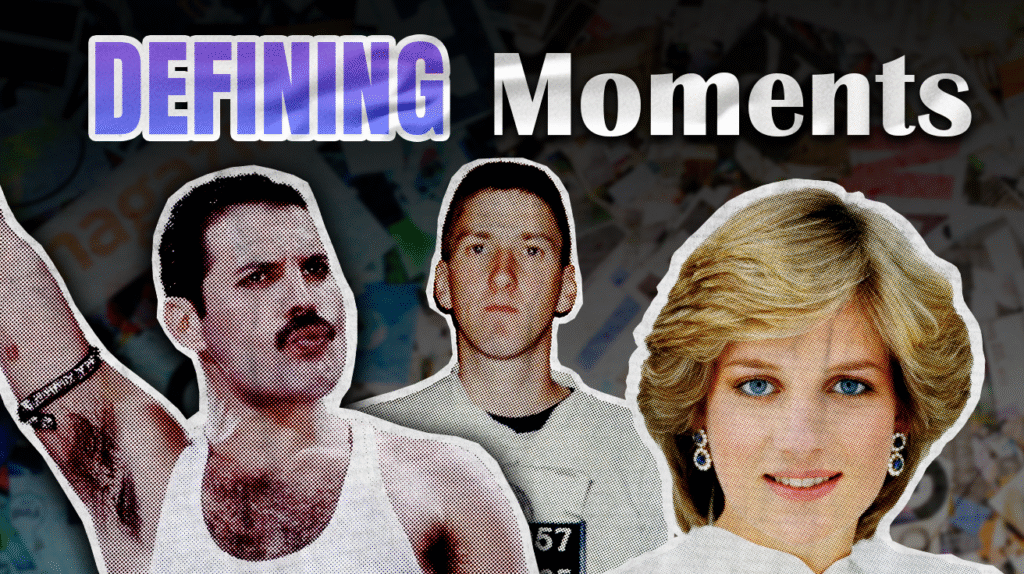
Sandwiched between Cold War paranoia and Y2K panic, the 1990s weren’t just any random decade with bad haircuts. This was humanity’s awkward teenage phase – complete with technological growth spurts, political voice cracks, and cultural identity crises. From Berlin Wall rubble to internet bubbles, the world transformed faster than you could say “Macarena.” These changes hit societies worldwide like a Red Bull and vodka combo – energizing but also slightly disorienting. Between genocides and Tamagotchis, we lived in a bizarre paradox that somehow created the mess we currently call modern life. Buckle up for this trip back to when everyone thought frosted tips were acceptable.
31. Mandela Becomes President
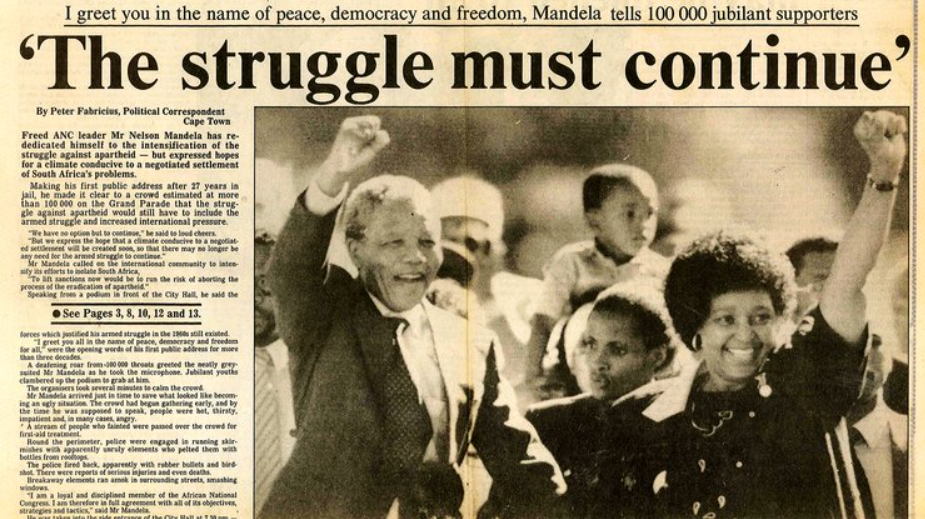
After 27 years in prison (longer than most people stick with their gym memberships and New Year’s resolutions combined), Nelson Mandela walked free in 1990 and became South Africa’s president four years later. Talk about the ultimate comeback story. Mandela managed to guide a deeply divided nation toward unity with a forgiveness policy that would make even the most expensive therapist in Beverly Hills question their career choices.
While most people hold grudges over unanswered texts, this man forgave his oppressors after nearly three decades behind bars. His presidency transformed South Africa from apartheid to democracy faster than most people change their Netflix password. Mandela’s actions continue inspiring global movements today, proving that sometimes the good guys actually win.
30. Human Genome Project Launched
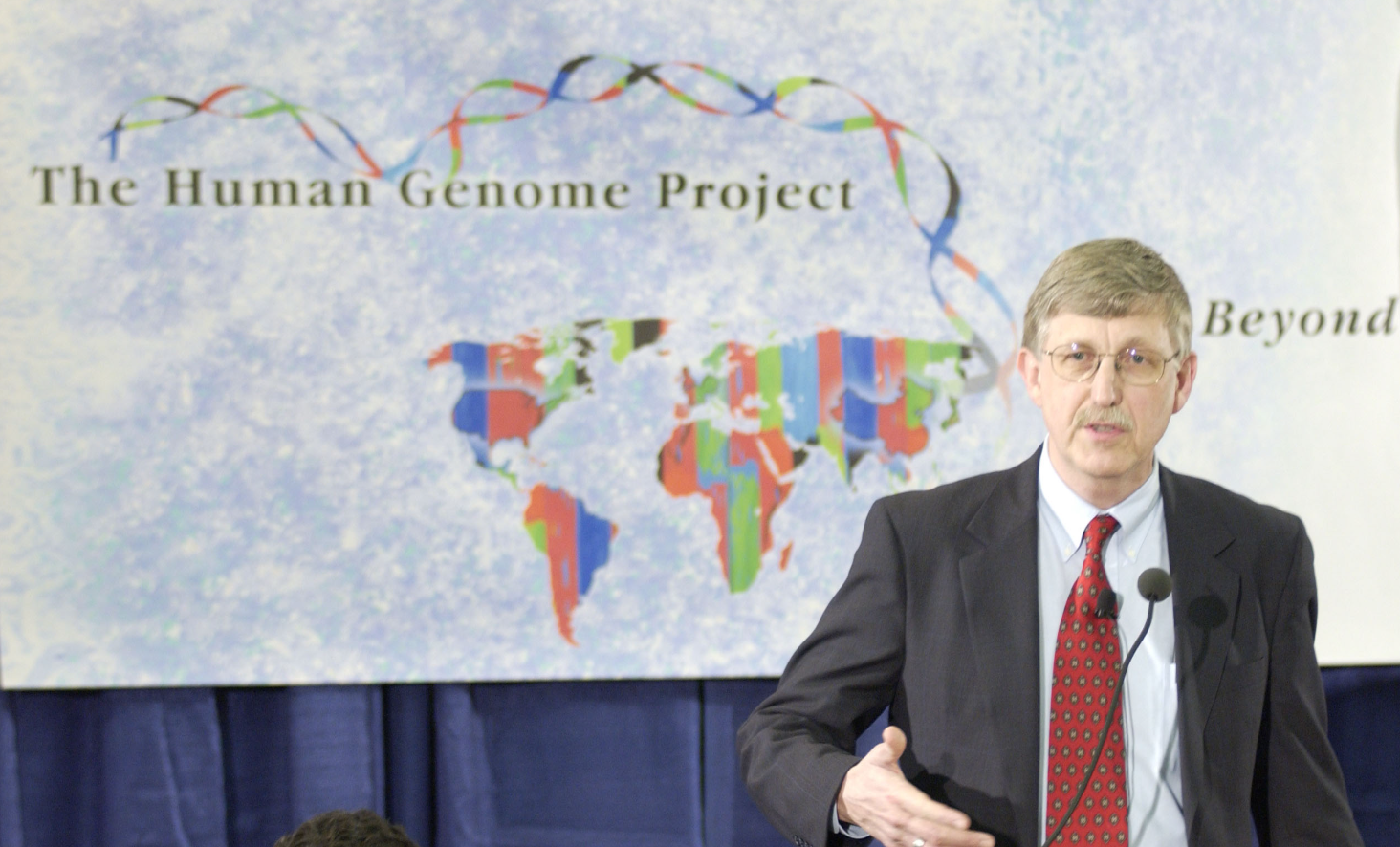
In 1990, scientists decided that reading every single one of your 20,000+ genes would be a fun little project. For 13 years, geneticists worked harder than contestants on a dating reality show to map human DNA, revolutionizing science and medicine along the way.
This ambitious undertaking led to personalized medicine approaches that make your Spotify recommendations look basic by comparison. Along came Dolly the sheep in 1996, showing humanity could now play God in a wool sweater. These breakthroughs raised ethical questions that scientists addressed by basically saying, “But think of all the cool stuff we can do!” The project unlocked a new frontier for humankind while simultaneously giving scientists endless material for awkward dinner party conversations.
29. Hubble Telescope Launched
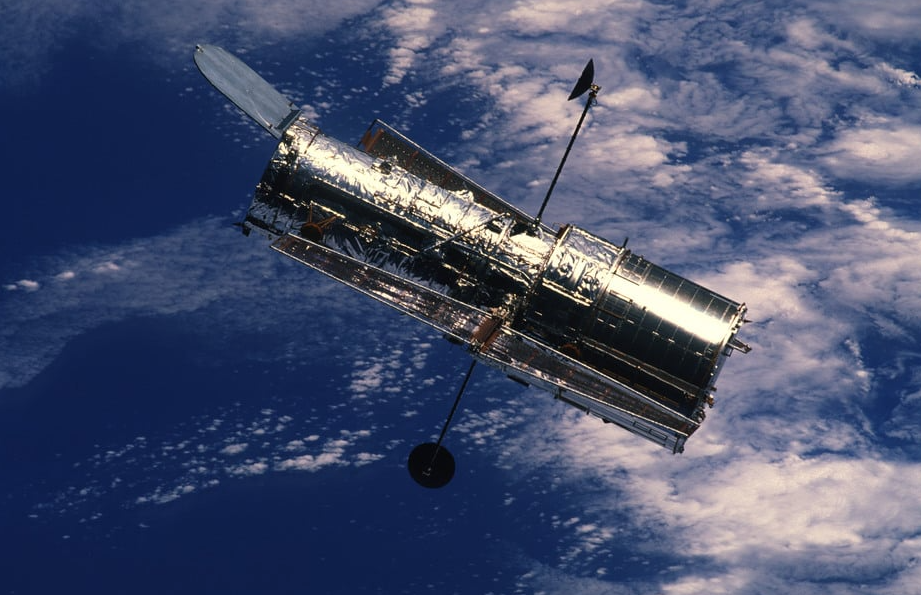
NASA launched a telescope in 1990 that made every amateur astronomer’s equipment look like a kaleidoscope from a happy meal. The Hubble Telescope’s high-resolution images showed us cosmic wonders that were previously unimaginable – like finding out your ex actually does have a personality.
Through its powerful lenses, scientists confirmed the universe is expanding at an accelerating rate (much like waistbands after Thanksgiving). Hubble helped determine the universe is approximately 13.8 billion years old – making your grandparents’ stories about “the good old days” seem relatively recent. Our understanding of cosmic evolution deepened tremendously, though we’re still no closer to explaining why aliens never return our calls.
28. Oklahoma City Bombing

Wednesday, April 19, 1995 turned into a nightmare that changed America forever when the Oklahoma City bombing left 168 people dead and countless injured. Timothy McVeigh decided to express his government grievances in the worst possible way, forever altering the nation’s sense of security.
Security policies tightened nationwide faster than leggings on a hot day. This marked America’s painful realization that threats could come from within – like finding out the call is coming from inside the house in every horror movie ever. Law enforcement shifted focus toward preventing future attacks, learning the grim lesson that protecting citizens required a vigilance level previously reserved for parents watching toddlers near swimming pools.
27. Founding of Amazon
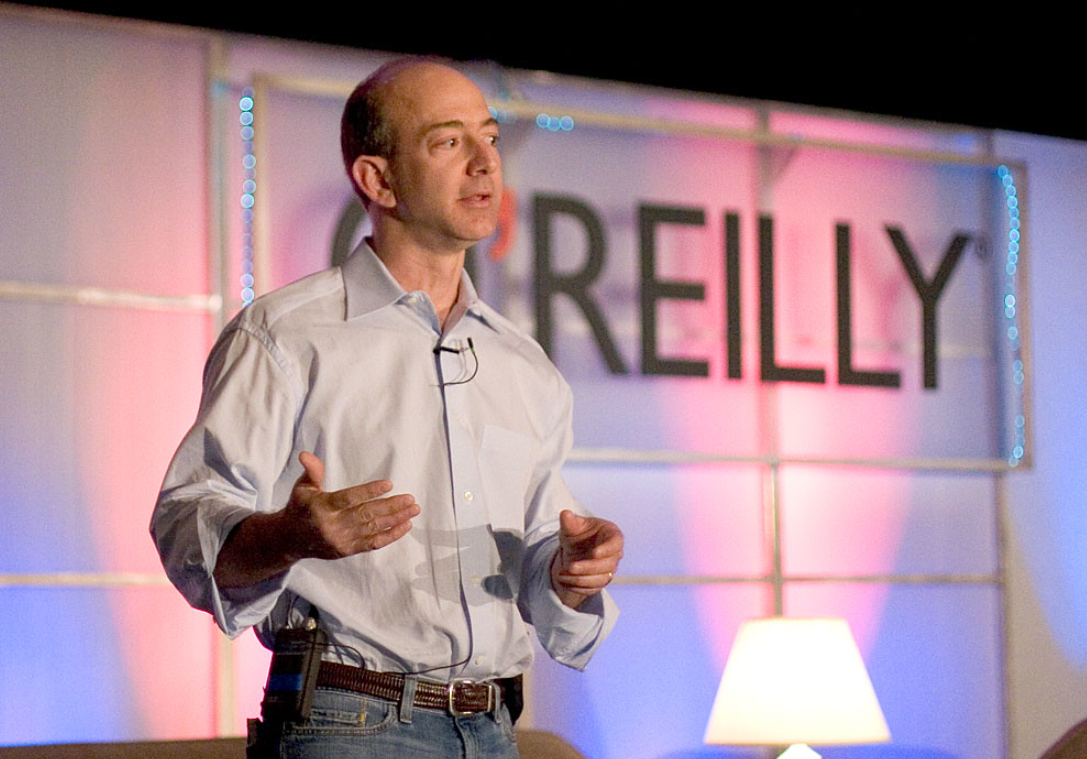
Jeff Bezos started Amazon in 1994 from his garage, proving you can build an empire without ever having to interact with humans face-to-face. What began as a humble online bookstore expanded faster than celebrity scandals on Twitter, selling music, videos, electronics, and eventually everything under the sun.
Amazon revolutionized shopping by training us all to expect packages delivered faster than pizza. Traditional retailers struggled to adapt while small businesses faced competition similar to a house cat going up against a tiger. Bezos showed that bold ideas could reshape entire industries, creating a world where clicking “buy now” releases more dopamine than falling in love. Its impact continues giving both convenience and existential dread to shoppers worldwide.
26. Bosnian War
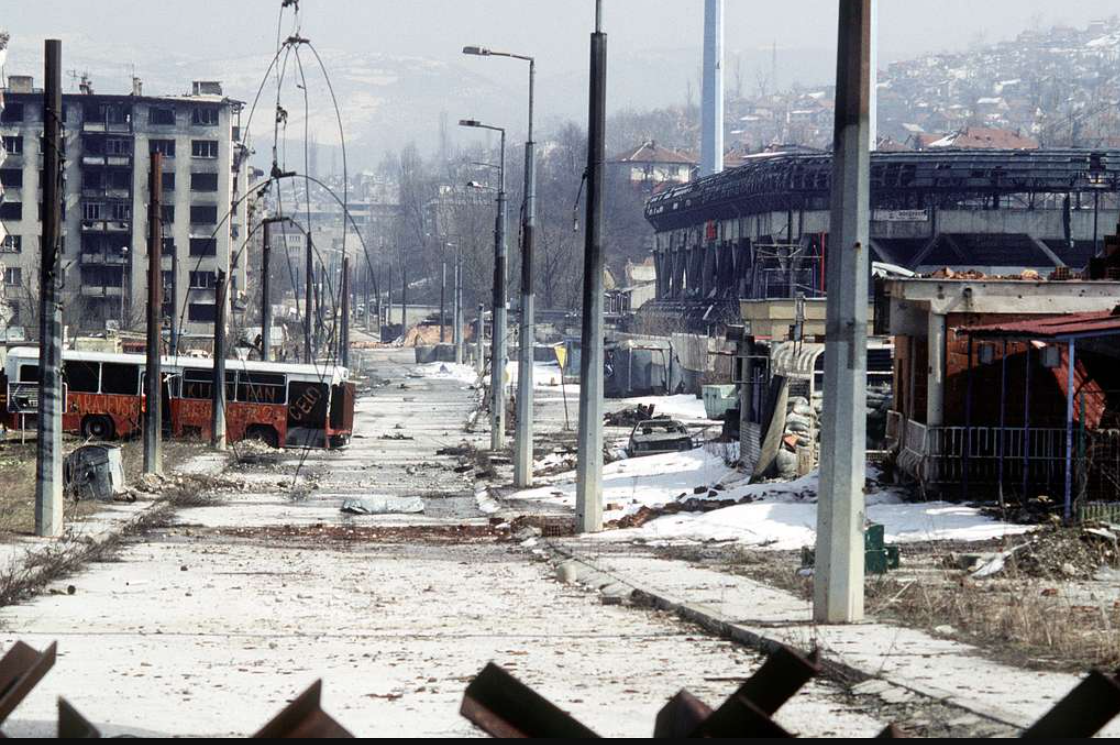
Bloody conflict erupted as Yugoslavia dissolved, proving that Europe could still get messy despite its fancy cheeses and museums. Sarajevo endured a siege longer than most Hollywood marriages—approximately 1,425 days to be exact—while horrifying atrocities occurred throughout this dark chapter.
World leaders fumbled their response like a phone over a toilet, with UN peacekeepers struggling to maintain safe zones. Eventually, an International Criminal Tribunal formed for Yugoslavia, holding war criminals accountable with the enthusiasm of a reluctant substitute teacher. The conflict underscored the human cost of ethnic tensions and prompted serious reflection on humanitarian intervention. Decades later, the war’s legacy continues shaping Balkan politics like an overbearing parent who won’t let their kid choose their own major.
25. Rwandan Genocide

Neighborly betrayal in Rwanda turned deadly with a speed and brutality that made the world realize we still suck at being human sometimes. An estimated 800,000 Tutsi and moderate Hutu were murdered while the international community stood by, displaying all the urgency of a sloth on Ambien.
Global soul-searching about intervention responsibilities followed, leading to the Responsibility to Protect doctrine – which essentially says “maybe we should actually do something next time?” Grief and devastation permeated Rwandan society, requiring a level of courage and resilience to rebuild that most people can’t muster for their New Year’s resolutions. Remembering the victims remains essential to preventing future horrors, though humanity’s track record for learning from history remains spotty at best.
24. Freddy Mercury Dies of AIDS
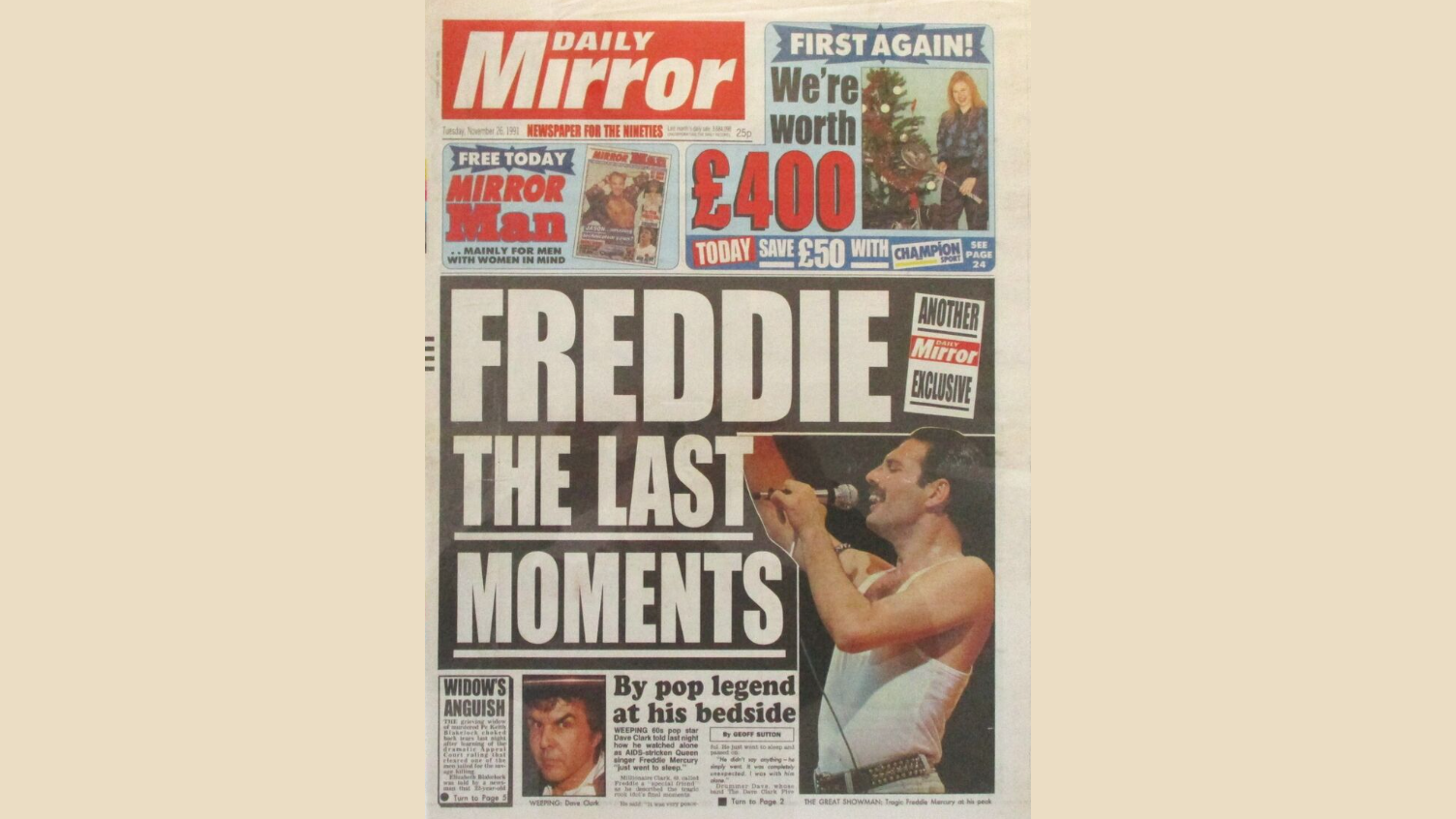
Yellow journalism took a backseat when Freddie Mercury revealed his AIDS diagnosis and died just 24 hours later in November 1991, giving fans barely enough time to process the news before mourning began. His death ignited conversations about HIV/AIDS when most people would rather talk about literally anything else.
Mercury’s passing, along with Magic Johnson’s announcement that same year, forced society to confront the pandemic with the reluctance of someone opening their credit card bill after Christmas. Compassion slowly began replacing prejudice as increased awareness led to better prevention efforts. Mercury left behind not just incredible music but also an increased awareness about AIDS that helped diminish the terrible stigma surrounding those affected – proving rock stars can save lives even after they’re gone.
23. Collapse of the USSR
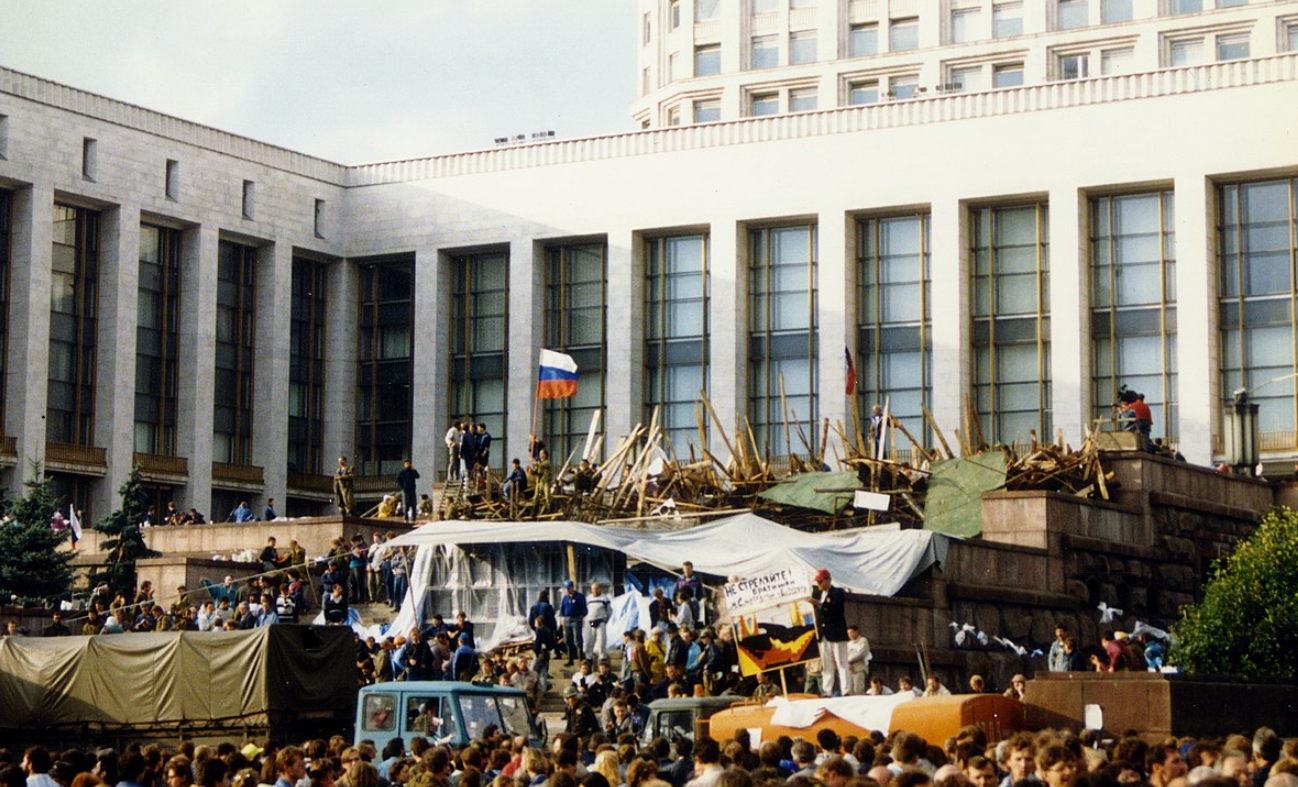
Superpower status crumbled in 1991 when the Soviet Union collapsed with less grace than a drunk person on ice skates, breaking into 15 independent republics after decades of Cold War tension. The United States emerged as the sole superpower, immediately developing the diplomatic subtlety of a toddler with a megaphone.
Former Soviet states experienced economic transitions rougher than a teenager learning to drive stick shift. NATO expansion eastward triggered varied reactions, while new authoritarian regimes arose from the communist ashes like the world’s least fun phoenix. The collapse continues influencing international relations decades later, with Russia acting like that ex who says they’re over you but keeps creating fake social media accounts to check your profile.
22. Formation of the European Union

Tired of centuries of war, Europe formed a fancy new club called the EU with the 1992 Maastricht Treaty. They created a single market with free movement that would make your Amazon Prime membership jealous. In 1999, they launched the Euro currency, making vacation math considerably less painful.
Continental cooperation allowed Europe to rival the US and China on the global stage, like three popular kids competing for prom royalty. However, sovereign debt crises eventually strained relationships between member states with the intensity of family members fighting over the Thanksgiving turkey wishbone. The EU’s creation fundamentally altered global trade patterns, though Britain later decided to flounce out with all the drama of a reality show contestant claiming they “didn’t come here to make friends.”
21. The World Wide Web Goes Public

Computer scientist Tim Berners-Lee invented the World Wide Web in 1989, but 1991 marked when it went public – like releasing a tiger from its cage and watching civilization change forever. This innovation enabled documents to be linked through hypertext, changing information access in ways even sci-fi writers hadn’t imagined.
Early browsers like Mosaic, Netscape Navigator, and Internet Explorer made the web increasingly user-friendly, though “user-friendly” in the 90s meant “might only crash twice per hour.” The Web enabled instant global access to information while simultaneously setting the stage for future generations to argue with strangers and look at cat videos for hours. Its architecture fostered unprecedented collaboration and also created the perfect environment for your uncle to develop conspiracy theories based on sketchy websites.
20. The Good Friday Agreement
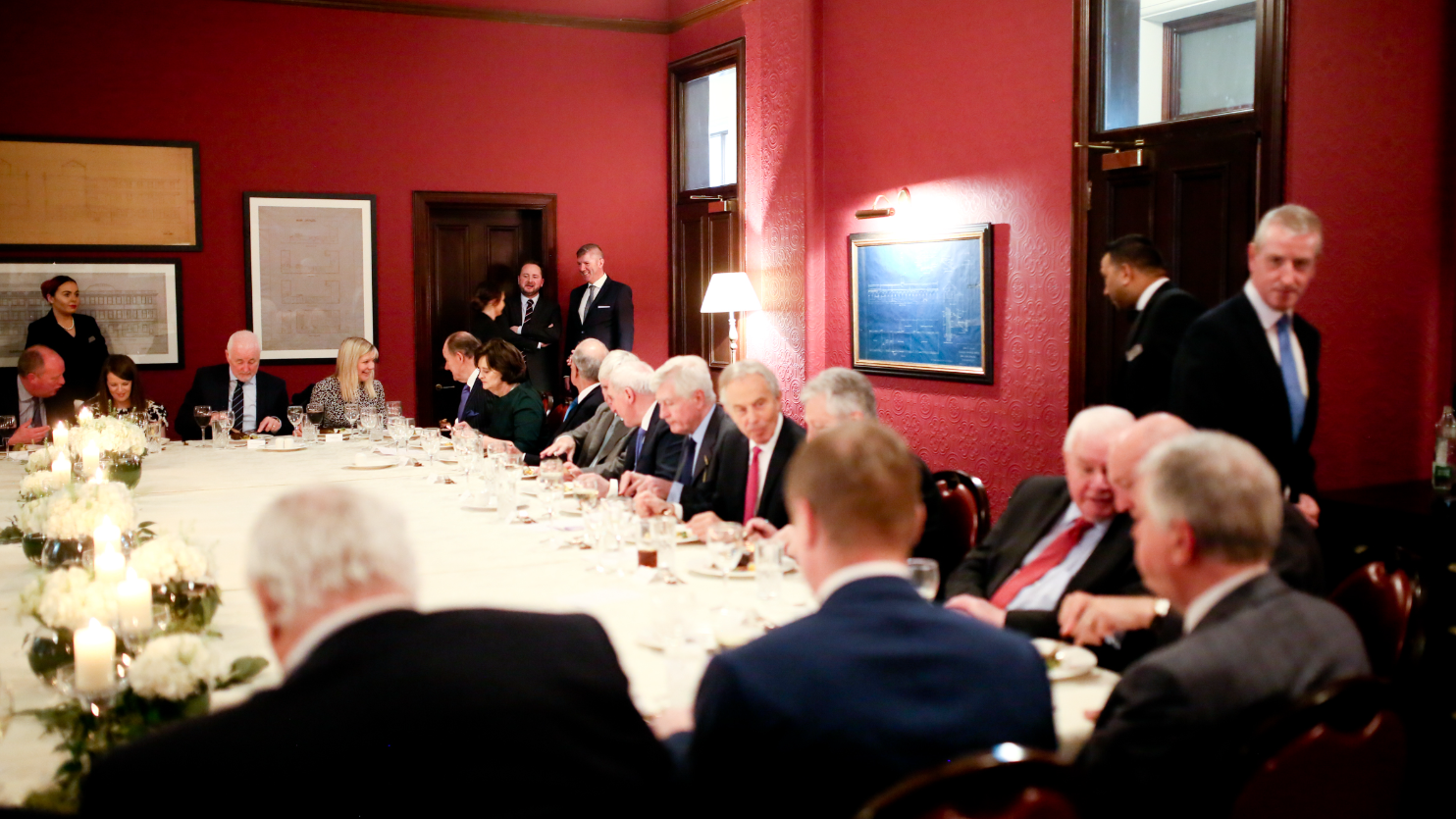
Signed on April 10, 1998, the Good Friday Agreement ended three decades of violence in Northern Ireland with the diplomatic equivalent of “everyone take a deep breath and use your words.” This landmark peace accord established power-sharing arrangements between groups who previously expressed disagreements through bombs.
Communities began rebuilding and healing as political dialogue replaced violence, demonstrating that even decades-old conflicts can eventually be resolved with enough patience, compromise, and stern looks from international mediators. The agreement fostered gradual reconciliation and remains a beacon of hope for conflict resolution worldwide, showing that peace is possible even in situations that seemed as hopeless as the last season of Game of Thrones.
19. Super Nintendo

Super Nintendo hit the US in 1991, creating a generation of kids who would rather fight virtual turtles than do homework. Classic titles like Donkey Kong Country and Super Mario World sold millions of copies, becoming more familiar to children than their own relatives’ names.
Nintendo pushed the graphical limits of 16-bit technology with effects that made kids’ eyes bulge like they’d seen actual magic. The console introduced innovations like shoulder buttons that became industry standards – much like how we all eventually accepted that skinny jeans were a thing. Its cultural impact extended far beyond gaming, cementing Nintendo as a household name and giving parents everywhere a new technological advancement to blame for their children’s behavior.
18. The Disney Renaissance
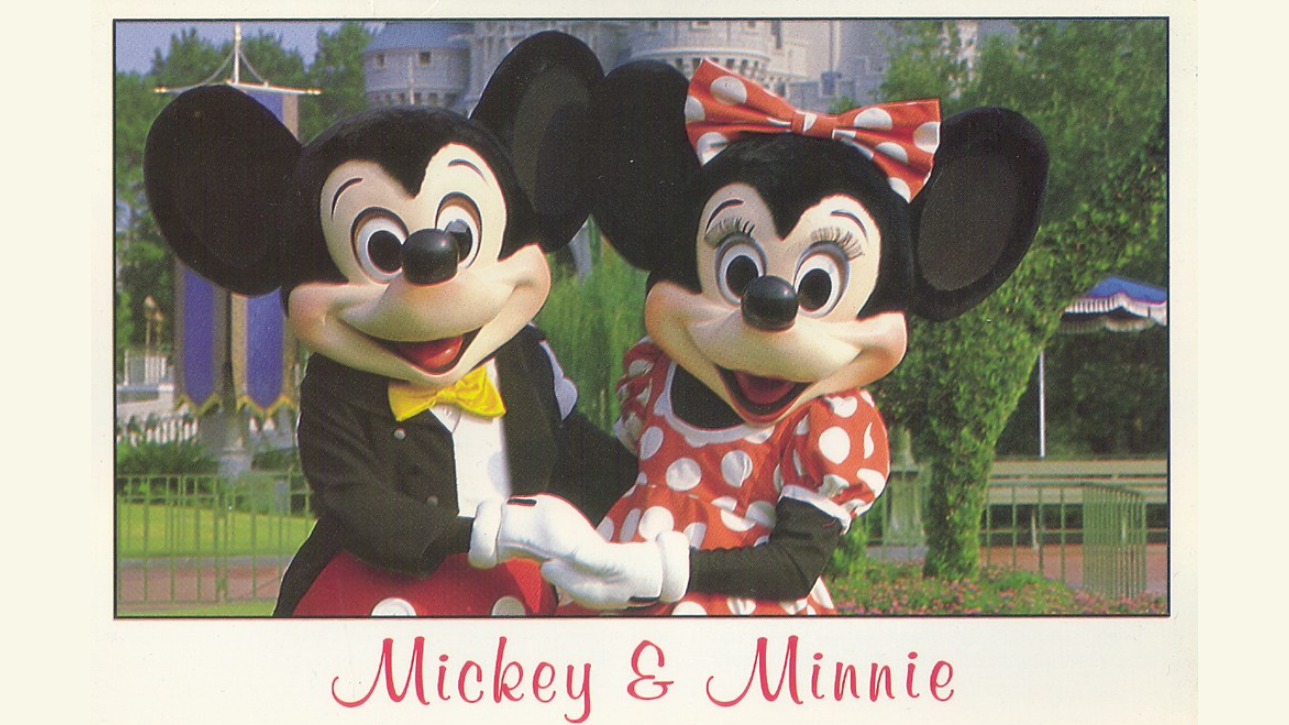
Between 1989-1999, Disney Animation rose from the dead like a corporate zombie with excellent singing skills. The Little Mermaid kicked off this renaissance by reminding everyone that Disney could still do magic – both onscreen and at the box office.
Beauty and the Beast followed with unprecedented critical success, becoming the first animated film nominated for Best Picture and teaching children that it’s fine to fall in love with your kidnapper if he has a nice library. Films like Aladdin and The Lion King captivated audiences with memorable characters and chart-topping soundtracks that parents still involuntarily sing in the shower decades later. These movies redefined animation and left a lasting impact on popular culture that continues to separate millennials from their money through nostalgia-based merchandise.
17. Scientists Clone Dolly the Sheep

Scientists at Scotland’s Roslin Institute created Dolly in 1996, essentially saying “hold my beaker” to conventional reproduction methods. They extracted DNA from an adult sheep’s mammary gland cell and created a genetic duplicate, shocking the world and making identical twins seem considerably less special.
This unprecedented achievement opened doors for advances in medicine while simultaneously making every sci-fi dystopia seem more plausible. Dolly’s creation sparked immediate ethical debates with religious leaders, governments, and random people at dinner parties all suddenly becoming experts on genetic ethics. Scientists found themselves answering profound moral questions they hadn’t prepared for in grad school, fundamentally changing the landscape of scientific ethics and proving that just because we can do something doesn’t always mean we should.
16. Kurt Cobain’s Passing
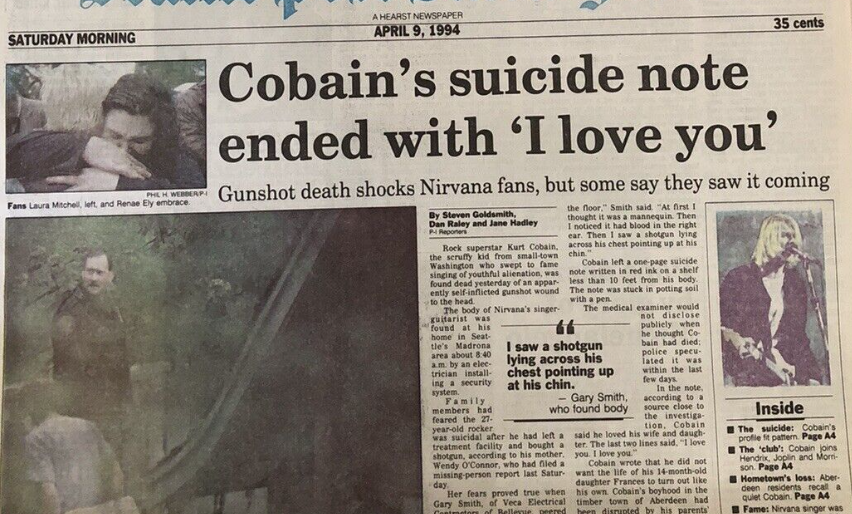
Kurt Cobain died April 5, 1994, at his Seattle home, ending Nirvana’s reign and breaking the hearts of flannel-wearing teens worldwide. His death by suicide at age 27 sent shockwaves through music communities with the force of a bass amp at full volume.
As grunge’s reluctant spokesperson, Cobain’s raw, emotion-filled songwriting had connected deeply with young people searching for authenticity in an increasingly polished world. His complicated relationship with fame mirrored the contradictions many felt about success – wanting recognition while hating what comes with it. The music world mourned not just a unique talent but a cultural touchstone who’d made it okay to be uncomfortable in your own skin. His creative legacy continues influencing musicians across genres, proving that sometimes the most damaged voices speak the loudest truths.
15. Rap and Hip-Hop Sparked Debates Over Censorship

Rap and hip-hop exploded into the mainstream during the 90s, with artists like Dr. Dre, Tupac, and Snoop Dogg rising to prominence faster than pearl-clutching in conservative neighborhoods. Their lyrics addressed everything from police brutality to urban poverty while making suburban kids think they understood street life.
The explicit content led to unprecedented censorship battles and parental advisory labels that ironically only made the albums more appealing to teenagers. Politicians campaigned against the music with all the cultural awareness of someone trying to explain TikTok to their grandparents. The controversy underscored deeper tensions about race, free speech, and changing social values – issues America handles with all the grace of a hippo on roller skates. These important conversations about art’s power continue today, though we’ve moved on to arguing about different musical genres that terrify parents.
14. Branch Davidian Raid
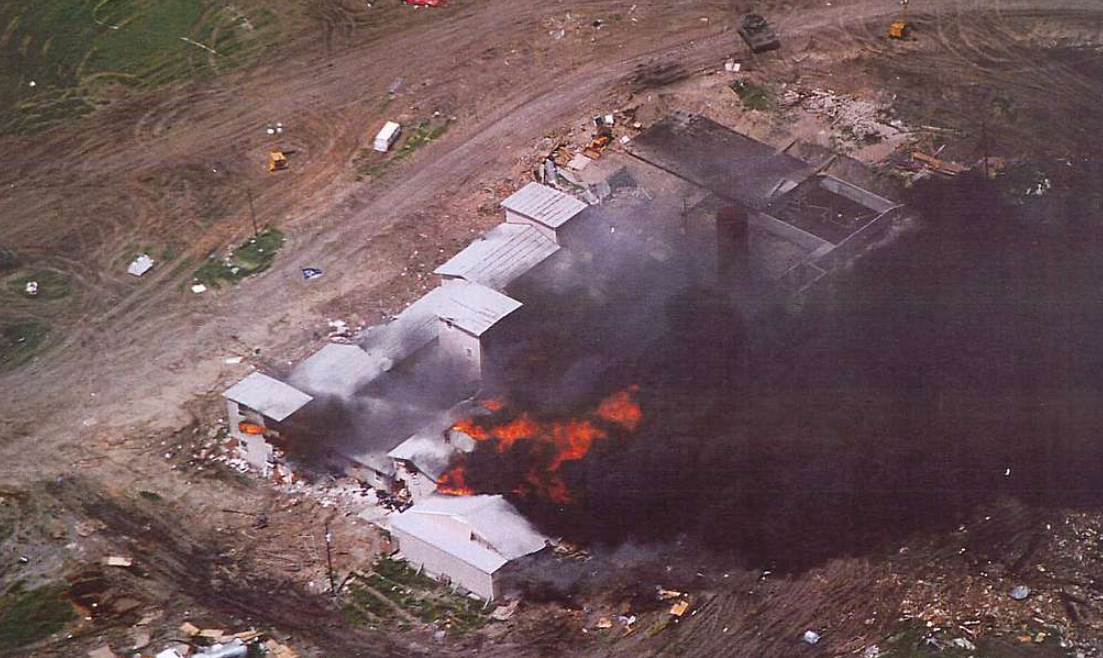
A 51-day standoff between federal agents and the Branch Davidian religious group ended catastrophically in April 1993. Over 70 people died in the final fire, including many children, creating a national trauma broadcast live on television like a horror movie nobody wanted to watch.
The situation exposed serious flaws in law enforcement tactics with the subtlety of a foghorn. Government accountability became a central issue in subsequent investigations as Americans questioned whether the cure had been worse than the disease. The tragic outcomes led to significant reforms in how federal agencies handle similar situations, teaching officials that perhaps tanks and tear gas aren’t the best opening moves in a negotiation. Reflecting on these events remains crucial for understanding the delicate balance between law enforcement objectives and not making everything exponentially worse.
13. The OJ Simpson Trial

OJ Simpson’s murder trial turned 1995 into the year Americans stopped pretending they had better things to do than watch court TV. The televised proceedings drew over 90 million viewers for the verdict announcement – roughly the same number of people who claim they weren’t watching.
The case revealed deep divisions in how Americans perceived justice, with reactions to the not guilty verdict splitting along racial lines faster than students picking teams in gym class. It fundamentally changed media coverage of criminal proceedings, essentially creating the 24-hour news cycle monster that continues devouring our attention spans. The trial made household names of everyone involved, from the judge to the attorneys to a glove that didn’t fit. Nearly three decades later, the case continues fascinating Americans who remain divided about almost everything except the awfulness of the Kardashians who emerged from its periphery.
12. President Bill Clinton’s Impeachment

Bill Clinton’s 1998 impeachment proved that even the world’s most powerful person can’t lie about an affair without consequences – though the consequences turned out to be mostly embarrassment rather than removal from office. The charges stemmed from his relationship with White House intern Monica Lewinsky and subsequent testimony that contained more fiction than the average resume.
The case ignited fierce debates about private behavior versus public responsibility, with Americans suddenly developing strong opinions about perjury law and oval office ethics. Media scrutiny reached levels previously reserved for royal weddings as intimate details became public discourse. Despite the House of Representatives approving impeachment articles, Clinton was acquitted by the Senate and remained in office, though his Wikipedia page forever gained a section that his grandchildren would rather not read. The political drama highlighted America’s growing partisan divide, with opinions splitting along party lines like guests at a dysfunctional wedding.
11. Terrorism Awareness Entered Our Daily Lives

The 90s saw terrorism awareness rise with the subtlety of an air horn at a library. The 1993 World Trade Center bombing and 1995 Oklahoma City bombing shattered Americans’ sense of security, forcing uncomfortable realizations that threats existed both abroad and at home.
Security infrastructure expanded with the enthusiasm of someone discovering online shopping for the first time. Metal detectors became as common in government buildings as bad coffee and outdated computers. Society grappled with balancing freedom and safety, having conversations about security versus privacy with all the nuance of a sledgehammer. These events fundamentally changed how people viewed public spaces, setting the stage for even more dramatic security theater in the following decades and teaching Americans that constant low-level anxiety is apparently just part of modern citizenship.
10. The Funeral of Princess Diana
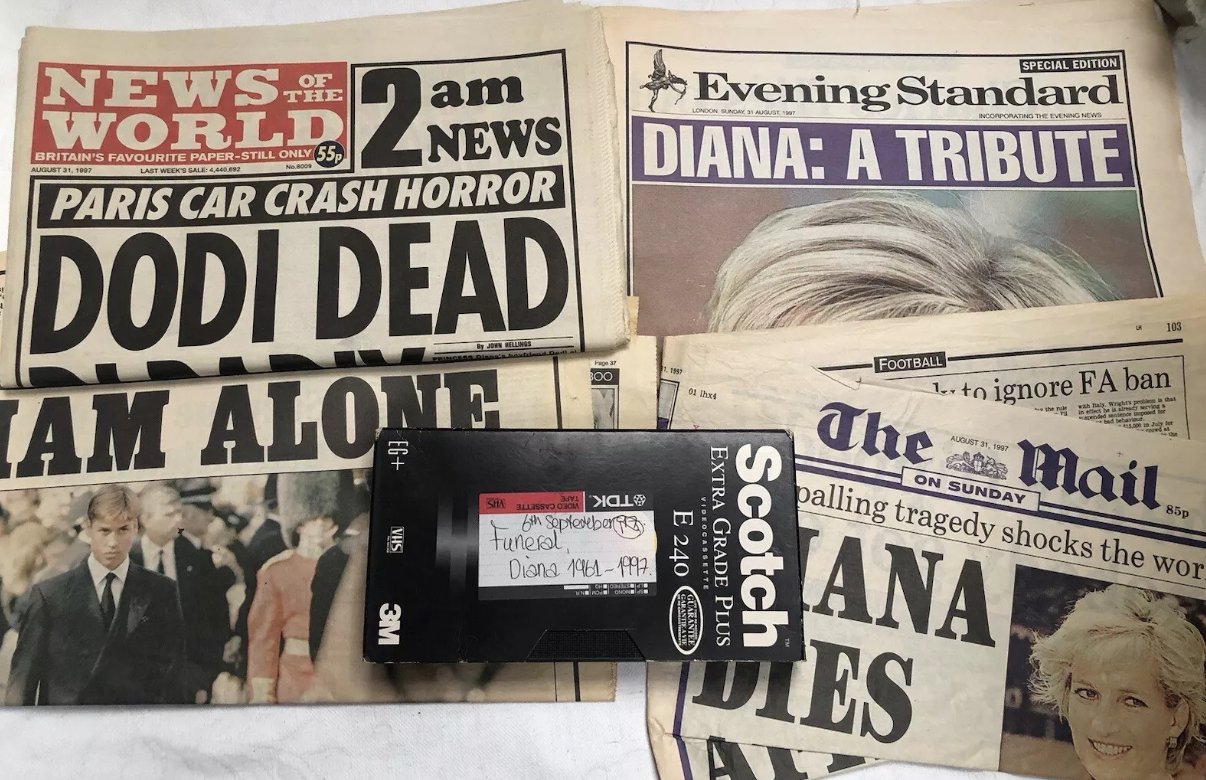
When Princess Diana died in August 1997, her September funeral became the Super Bowl of sadness. An estimated 2.5 billion people watched worldwide – proving humans will unite for tragedy in ways they won’t for climate change or free pizza.
The ceremony featured heart-wrenching moments that would have broken social media had it existed then. Mountains of flowers piled up at Kensington Palace like the world’s most depressing garden center. Diana’s unique connection with the public stemmed from her humanitarian work and willingness to show vulnerability in a family known for emotional repression that would make Vulcans seem expressive. The collective mourning experience united people across divides, demonstrating that sometimes shared grief is the closest thing we get to world peace.
9. We Were Introduced to Harry Potter
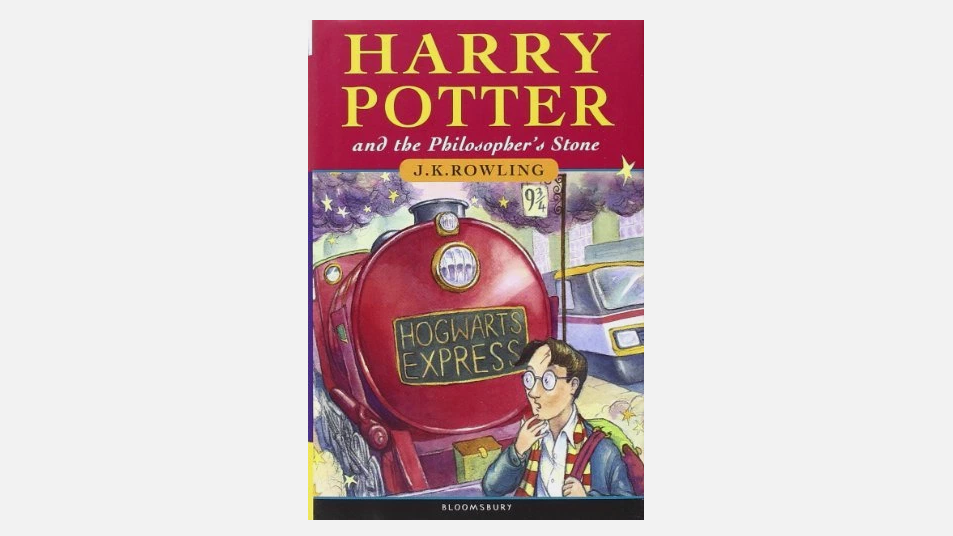
J.K. Rowling’s first Harry Potter book debuted in 1997, launching a franchise that would eventually make more money than some small countries. The tale of a boy wizard attending a magical school captivated readers of all ages, selling faster than limited edition sneakers at a hypebeast convention.
Children who previously considered reading a punishment suddenly begged for 700-page books, miraculous in an era when attention spans were already shrinking faster than wool sweaters in hot water. The coming-of-age fantasy blended boarding school stories with epic quests, making magical education seem so appealing that readers were genuinely disappointed when their own acceptance letters to Hogwarts failed to arrive. Although only the first book appeared in the 1990s, it launched a global phenomenon that would define the following decade and create a generation of adults who still sort themselves into fictional school houses with deadly seriousness.
8. The Gulf War

After Iraq invaded Kuwait in August 1990, by January 1991, the US was leading a massive coalition with all the subtlety of a monster truck rally. “Operation Desert Storm” featured cutting-edge military technology that made previous wars look like they’d been fought with sticks and harsh language.
CNN provided unprecedented 24-hour coverage, bringing war into living rooms in real-time and forever changing how conflicts would be reported. The six-week operation ended with Kuwait’s liberation and America feeling like the undisputed heavyweight champion of the world. New military bases established throughout the Middle East altered regional dynamics like a new stepparent changing house rules. The conflict shaped international relations for decades, setting precedents for future interventions and demonstrating America’s willingness to enforce its foreign policy with something stronger than strongly worded letters.
7. Microsoft Saved Apple From Bankruptcy
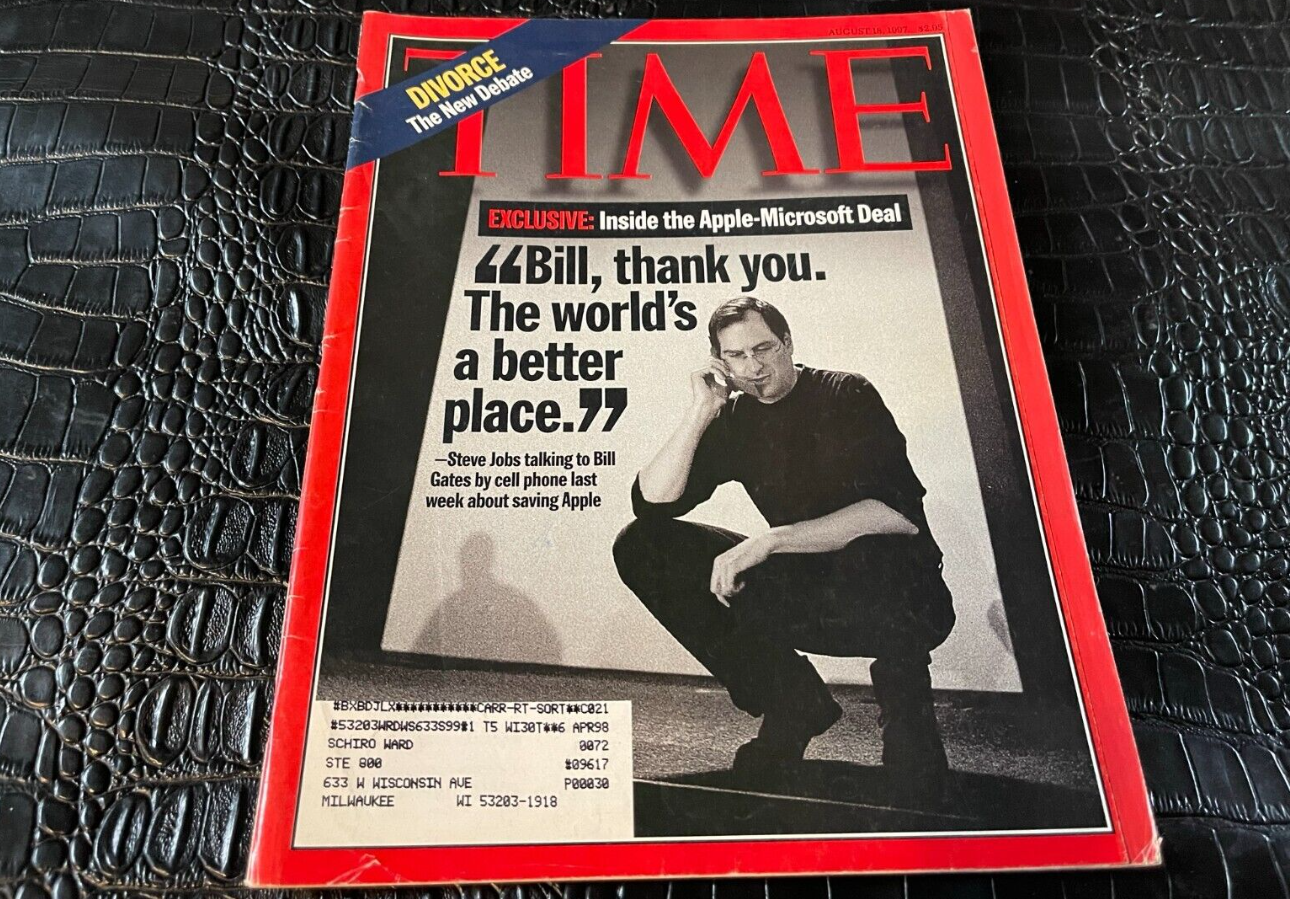
In August 1997, Microsoft invested $150 million in Apple, saving its rival from bankruptcy with all the irony of a firefighter rescuing an arsonist. Steve Jobs announced this shocking alliance to stunned silence and boos from loyal Apple fans who reacted like their favorite indie band had just signed with a major label.
The deal required Microsoft to continue developing Office for Mac while settling patent disputes between the companies. This unexpected lifeline gave Apple the cash and stability needed to develop products that would eventually make it the world’s most valuable company – a comeback story more impressive than any Rocky movie. The alliance ultimately strengthened the tech ecosystem by ensuring Apple’s survival as a competitor, preserving the innovation that would later produce devices that people now care about more than their actual children.
6. Construction of the International Space Station Began
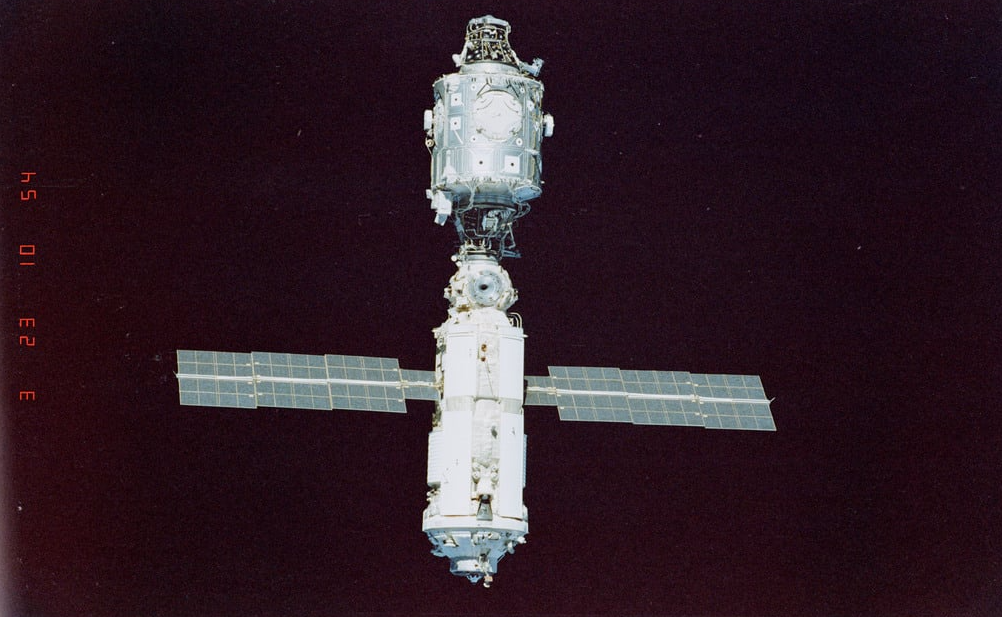
Construction of the International Space Station began in 1998, creating the most expensive shared housing arrangement in history. This massive orbital laboratory represents a partnership between former Cold War rivals who decided space exploration was worth setting aside differences that nearly led to nuclear annihilation.
The structure spans the area of a football field and required engineering solutions more complex than explaining TikTok to grandparents. Scientific research conducted aboard has expanded human knowledge in medicine, materials science, and physics while teaching astronauts the challenges of personal hygiene in zero gravity. The ISS demonstrates what humans can achieve when nations combine resources and expertise, proving that sometimes the best way to get along is to leave Earth entirely.
5. The Rise and Fall of Napster

College student Shawn Fanning launched Napster in 1999, apparently deciding that studying was less interesting than revolutionizing music distribution. The service enabled free peer-to-peer sharing of MP3 files, amassing over 80 million users who suddenly found their CD collections looking sadly obsolete.
The recording industry responded with lawsuits and the enthusiasm of someone finding termites in their home. Despite Napster’s swift legal demise, it exposed consumer demand for digital music that couldn’t be ignored. The service paved the way for iTunes and eventually streaming platforms, transforming how we consume music from owning physical albums to renting access to nearly everything ever recorded. The legal battles highlighted tensions between technological innovation and intellectual property protection, teaching a generation that everything is free if you know where to look – a lesson the entertainment industry is still trying to unlearn.
4. The Birth of Google
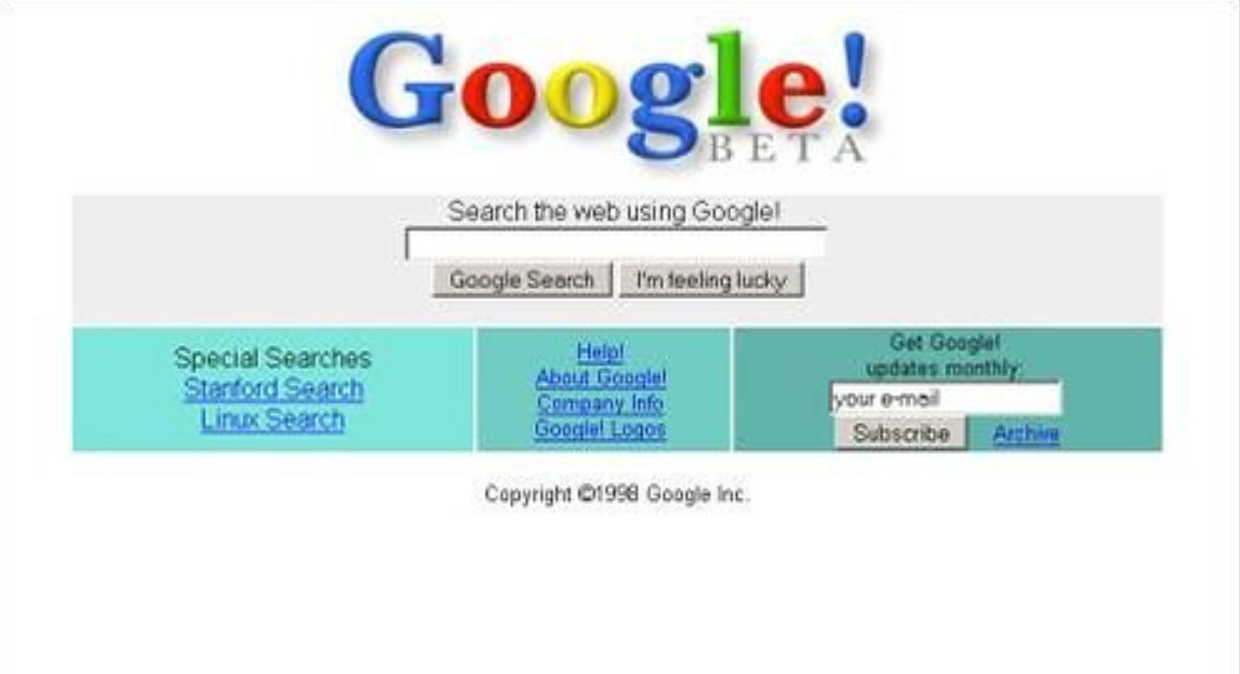
Stanford PhD students Larry Page and Sergey Brin founded Google in 1998, operating from a garage like every tech origin story requires by law. Their PageRank algorithm improved search results with the effectiveness of a bloodhound compared to blindfolded people playing Marco Polo.
Google’s clean interface attracted users tired of cluttered portals like Yahoo that resembled the digital equivalent of a teenager’s bedroom. The company grew faster than celebrity gossip after an awards show, becoming essential digital infrastructure for modern life. AdWords revolutionized advertising by connecting businesses with people actively searching for their products, creating a system that prints money more efficiently than most national mints. Google transformed how people access information, fundamentally altering education, business, and our ability to settle bar bets without coming to blows.
3. People Became Disenchanted With Globalization and Multiculturalism
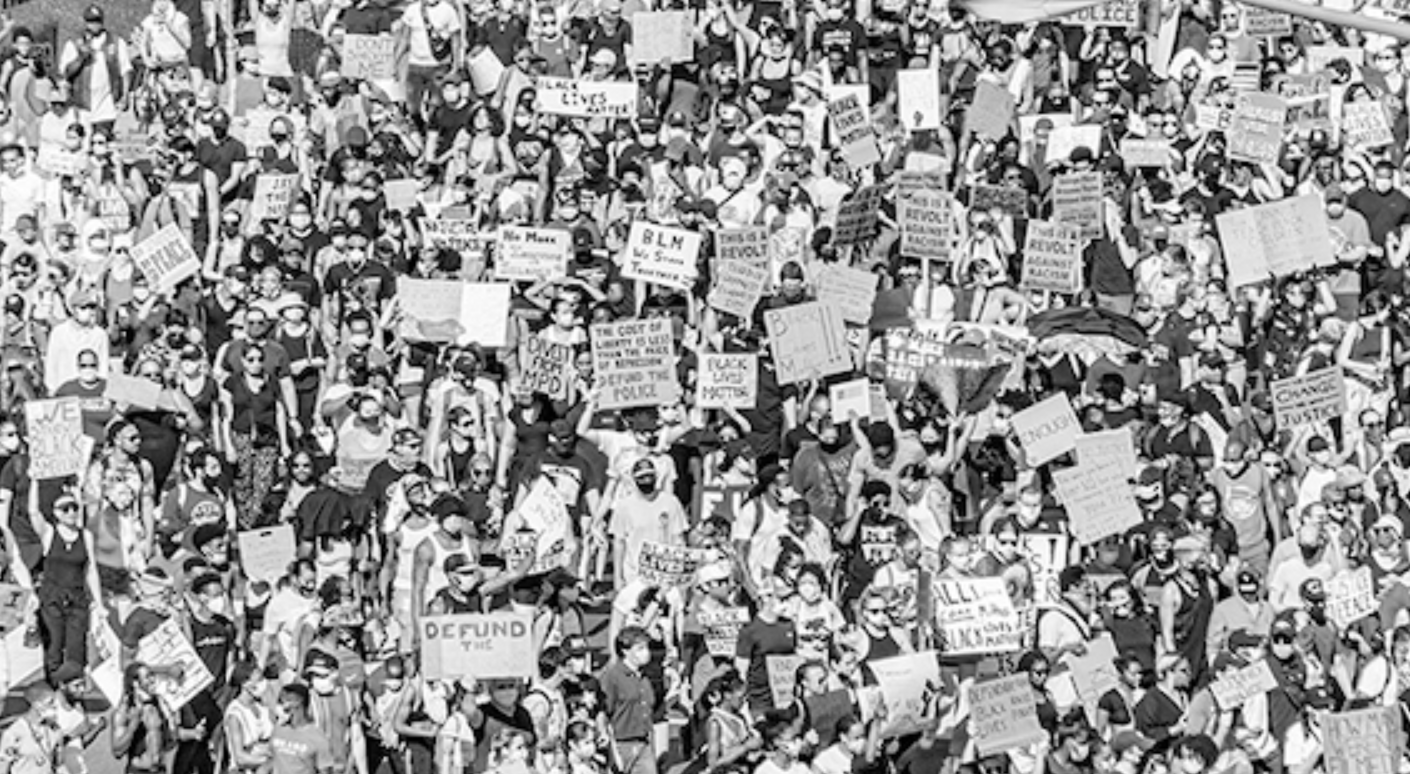
Post-Cold War optimism aged about as well as milk in summer as the 1990s brought disillusionment with globalization’s promises. The fall of ideological barriers promised unprecedented global cooperation, but reality delivered something closer to a dysfunctional family reunion with nuclear weapons.
Economic liberalization created wealth that distributed with all the evenness of a toddler sharing candy. Jobs migrated to cheaper markets, leaving industrial workers in developed countries feeling as valued as flip phones in an iPhone world. Anti-globalization protests erupted at World Trade Organization meetings while nationalist movements gained traction faster than conspiracy theories on social media. Multiculturalism faced growing resistance as integration proved more complex than IKEA furniture assembly instructions suggested. Building bridges between communities required acknowledging legitimate grievances while recognizing our shared humanity – a balance we’re still struggling to find while arguing about everything from trade policies to who makes the best tacos.
2. Release of Windows 95
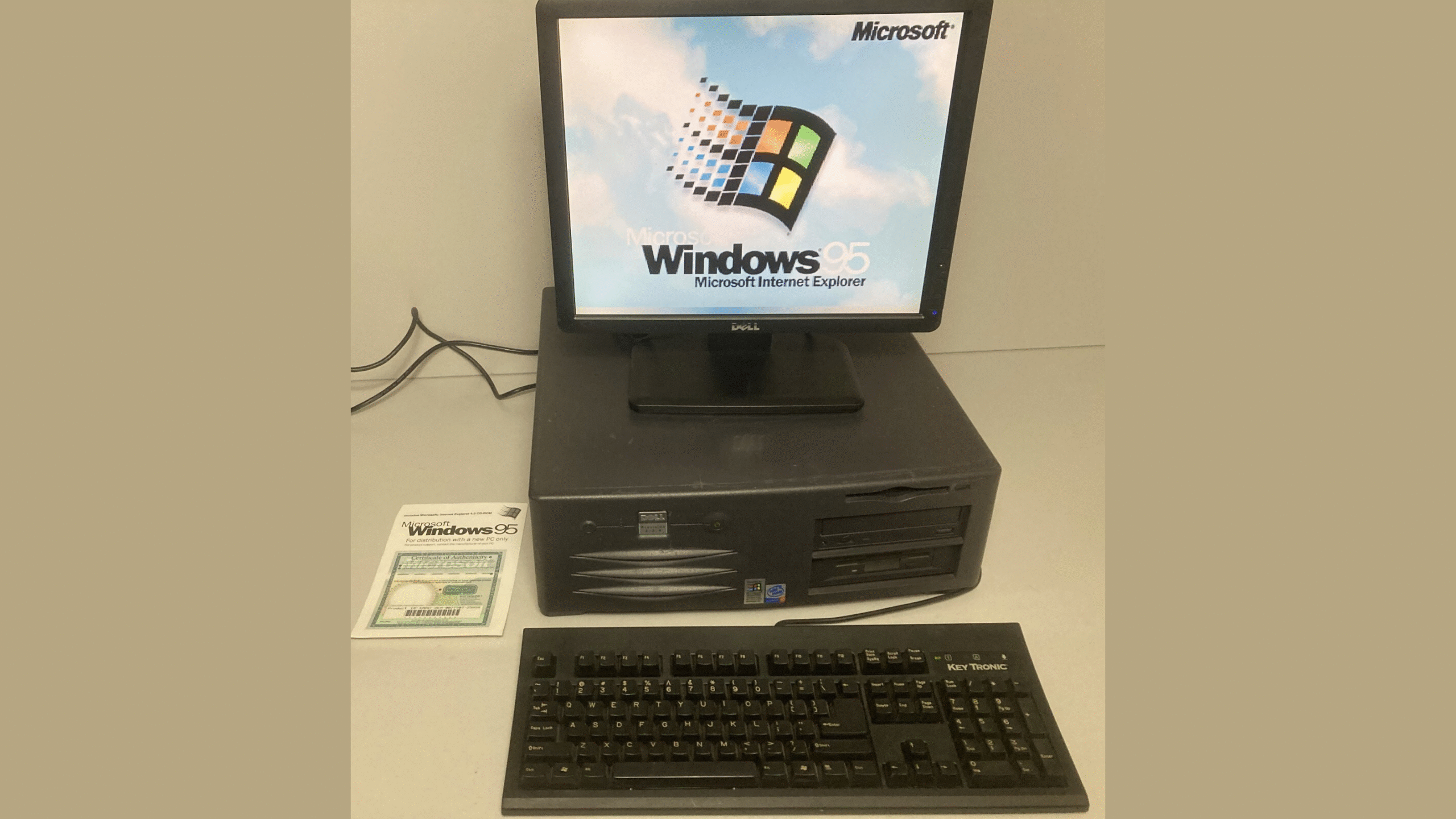
Windows 95 launched in August 1995 with a marketing campaign featuring the Rolling Stones, because nothing says cutting-edge technology like music from people born before television existed. The operating system democratized computing with its user-friendly design centered around the revolutionary Start button, which users immediately clicked to see what it did and have been clicking compulsively ever since.
Microsoft sold over 7 million copies in the first five weeks, introducing features we now take for granted: the desktop metaphor, right-click menus, and the ability to name files something more descriptive than “DOCWRD1.DOC.” This accelerated computer adoption worldwide as people found technology less intimidating than previous systems that required typing mysterious commands like summoning a digital demon. Windows 95 sparked a new era of digital literacy, bringing computing to ordinary people and forever changing society’s relationship with technology, setting the stage for our current existence where we panic if separated from our devices for more than seven minutes.
1. Debut of Pokemon
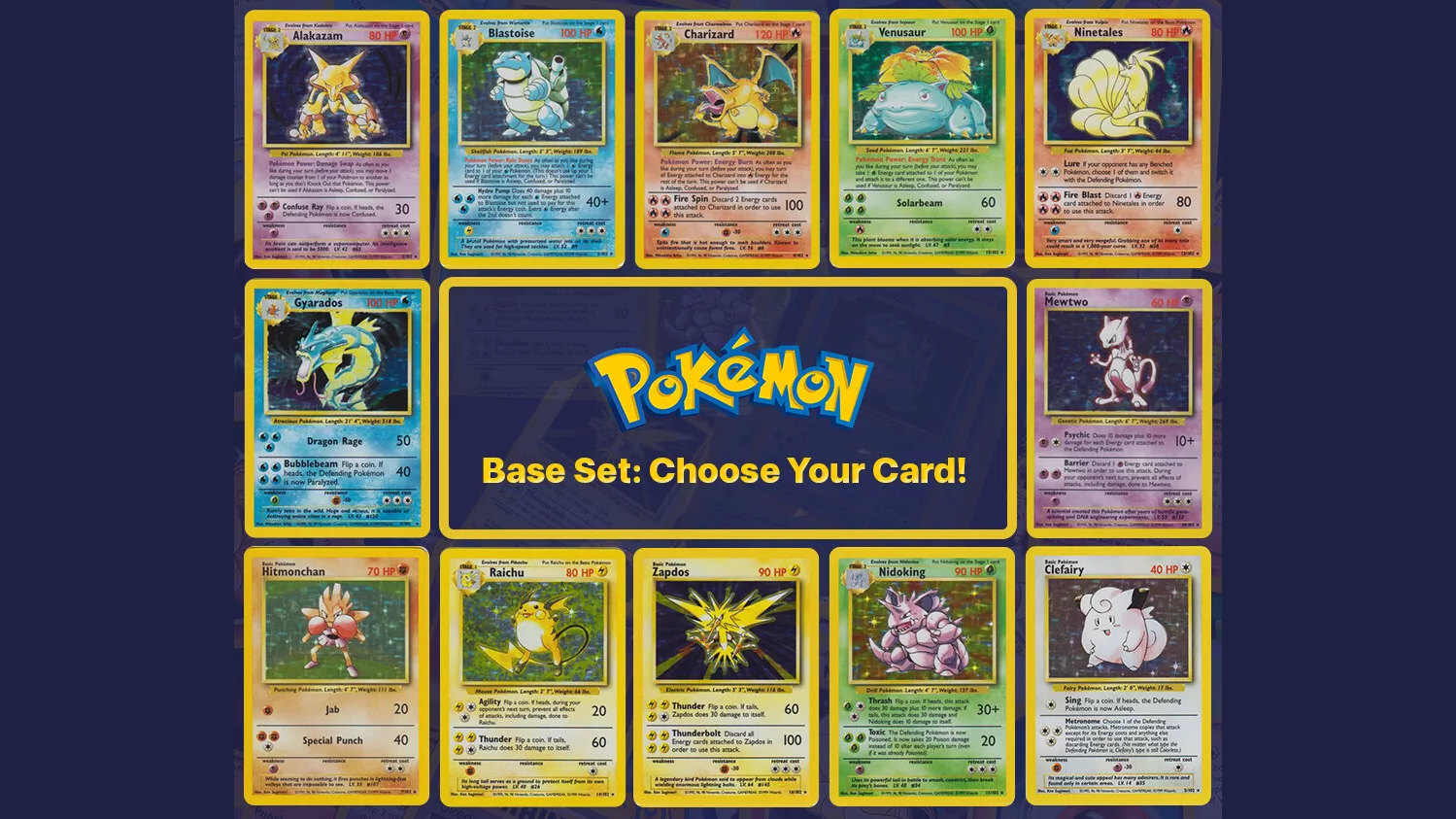
Pokémon debuted in Japan in 1996 before conquering North America in 1998 with the effectiveness of a particularly adorable invasion force. Creator Satoshi Tajiri transformed his childhood insect-collecting hobby into a digital world where players capture and battle creatures with names that sound like pharmaceutical side effects.
The franchise expanded faster than a teenager’s appetite, encompassing games, animated series, trading cards, toys, and merchandise that colonized children’s bedrooms worldwide. The trading card game created playground economies as complex as Wall Street, with rare holographic cards commanding prices that made parents question their life choices. The franchise transcended cultural barriers to become one of Japan’s most successful exports, proving that cute monsters with special powers speak a universal language. Pokémon remains commercially dominant today, having sold hundreds of millions of games while continuing to attract new generations of fans who still can’t pronounce “Charizard” correctly.






